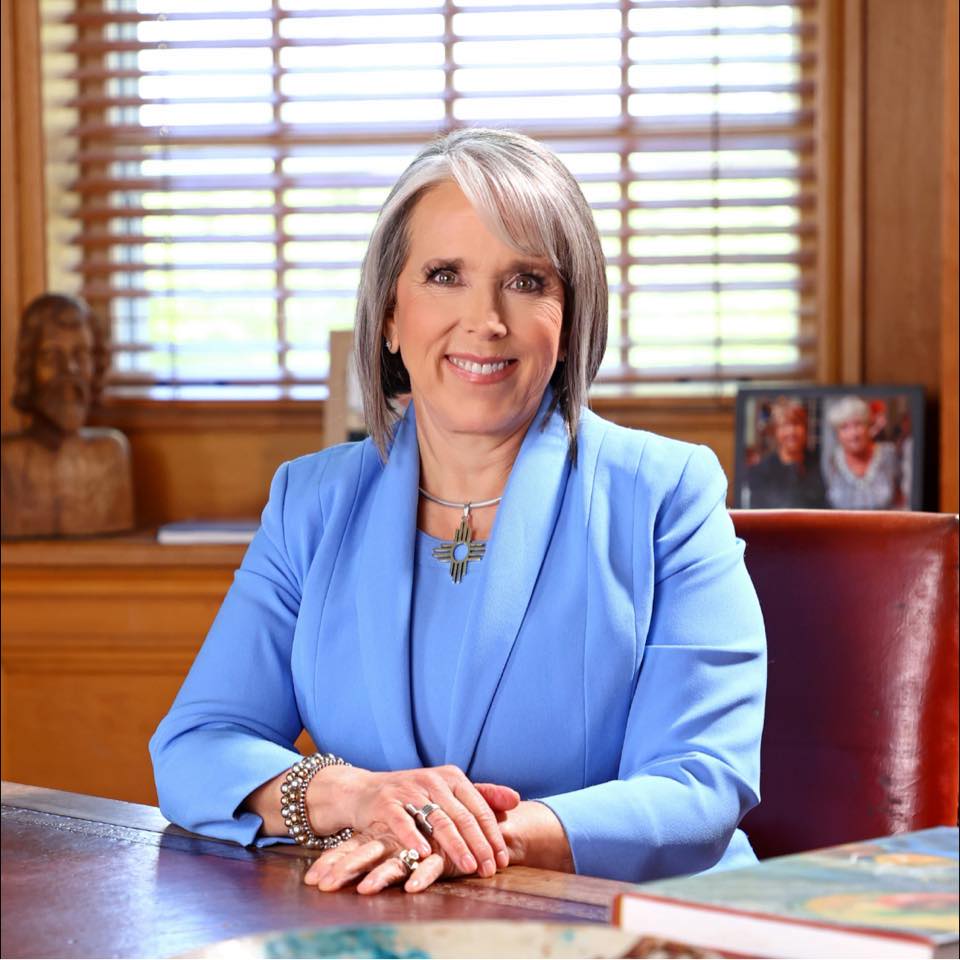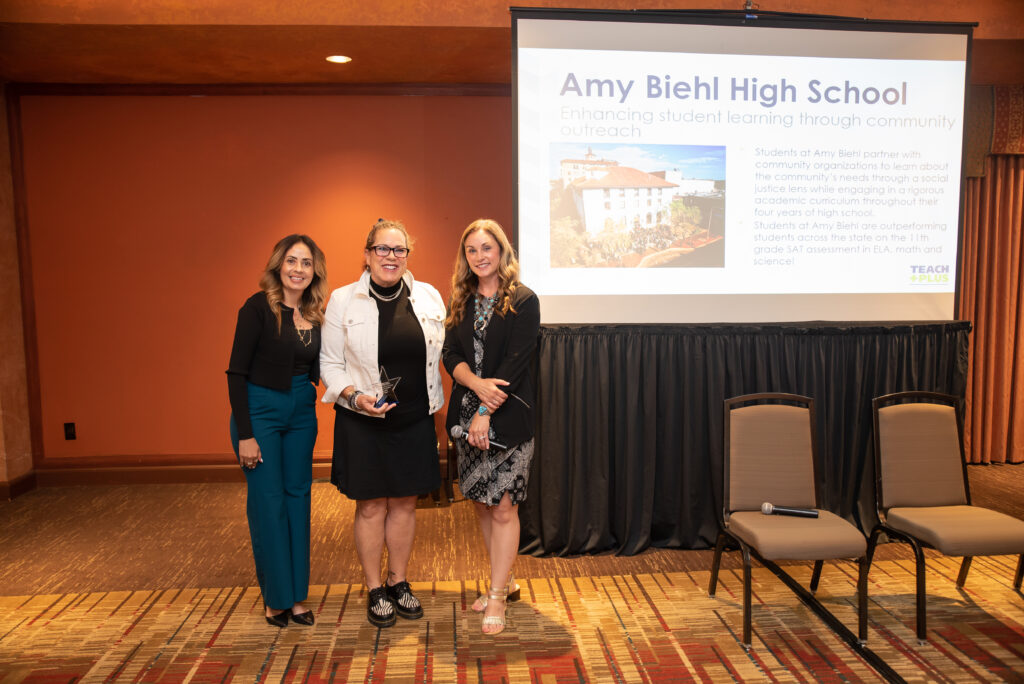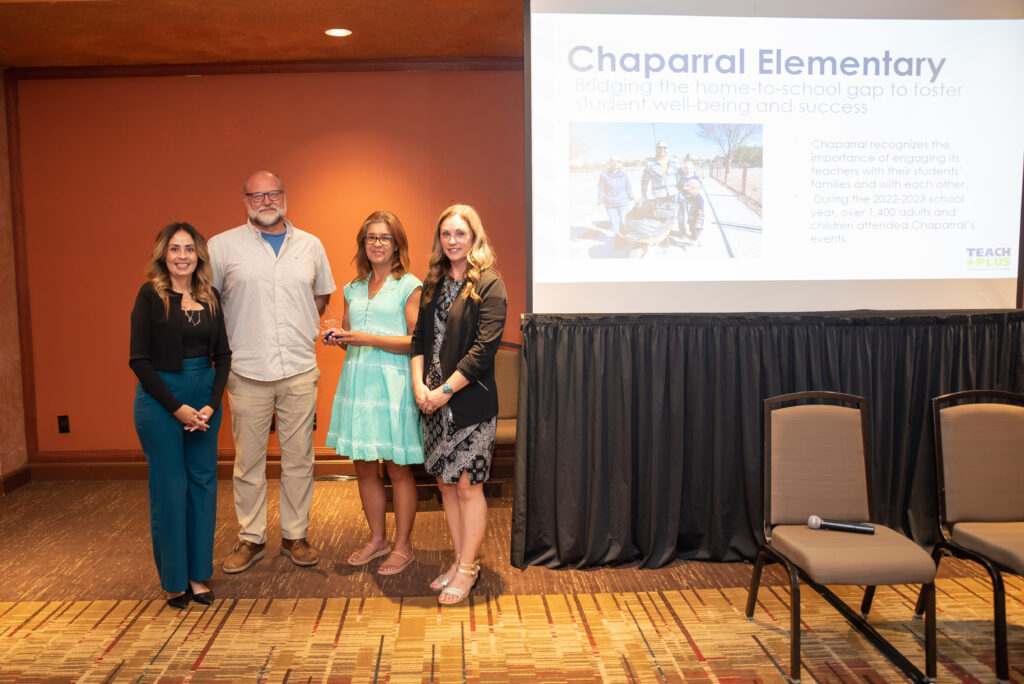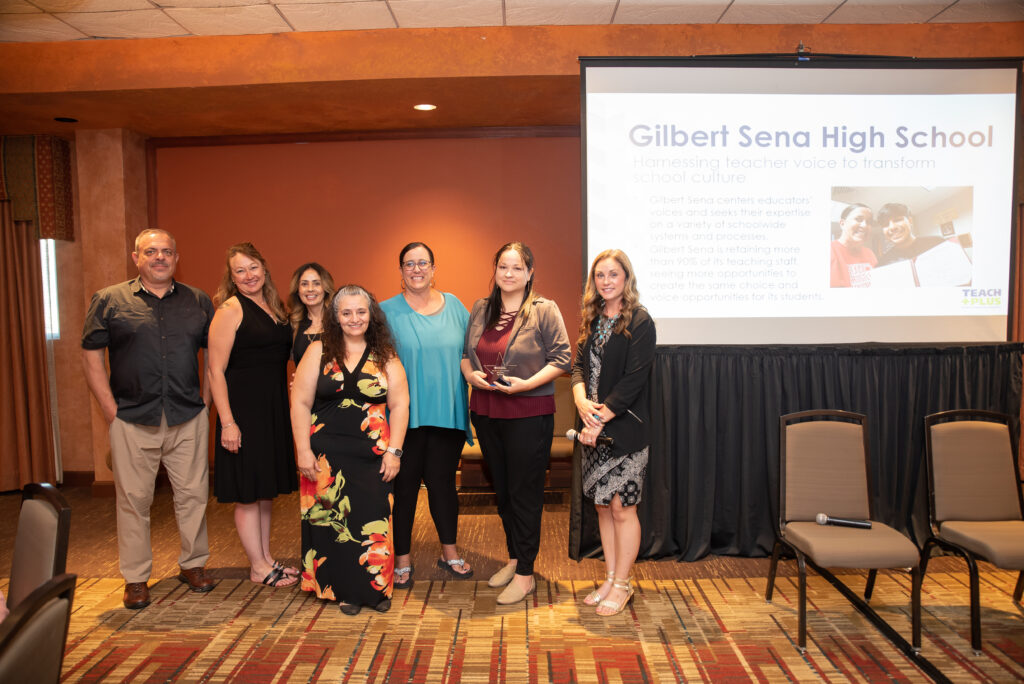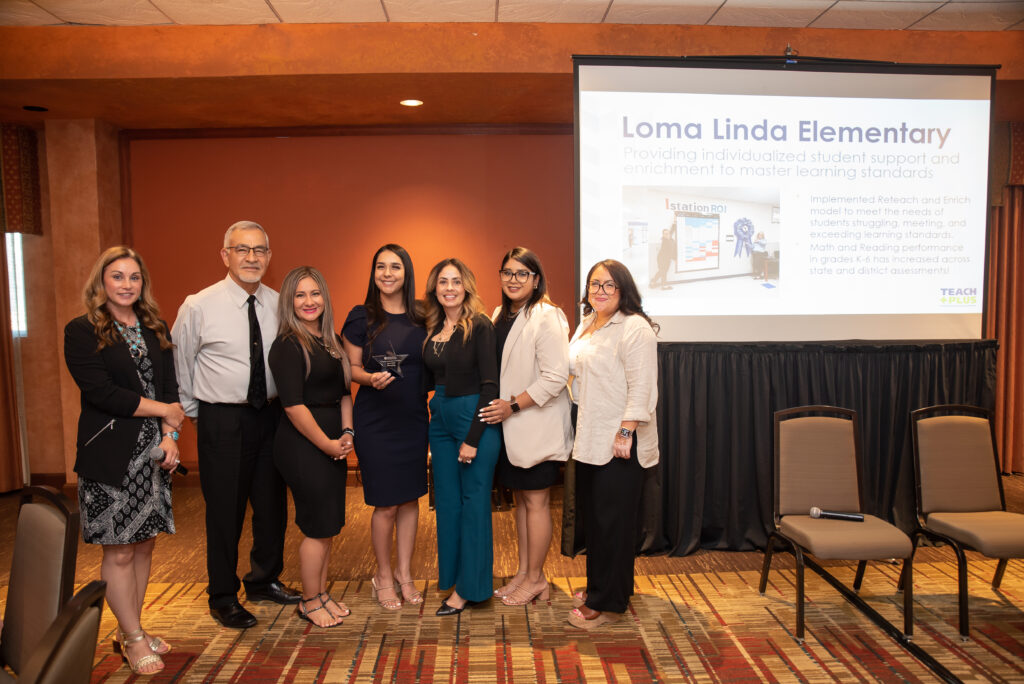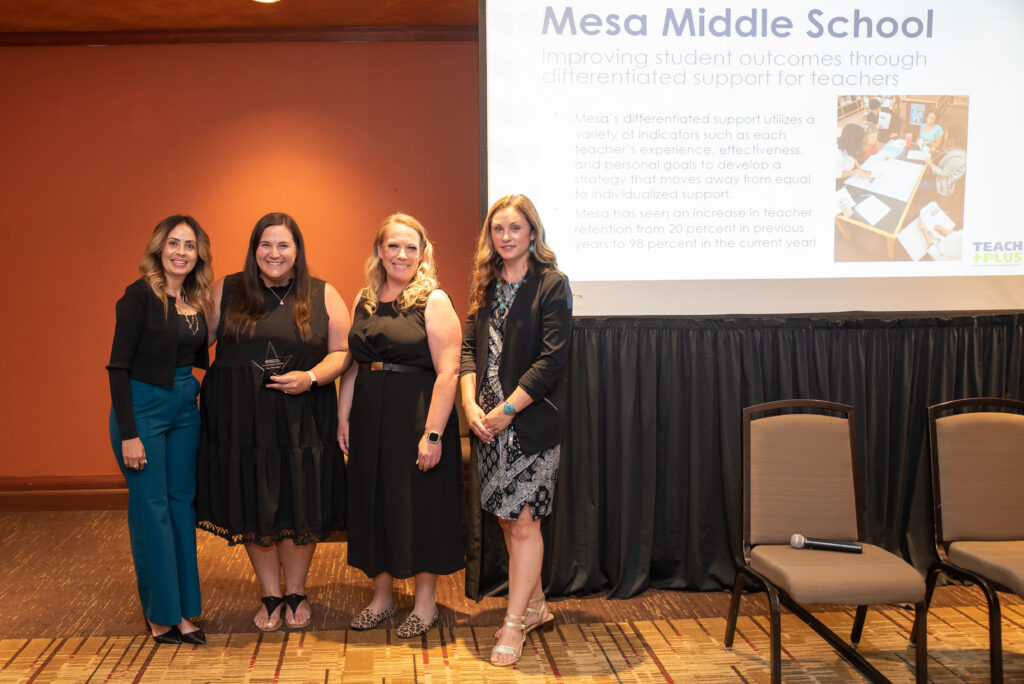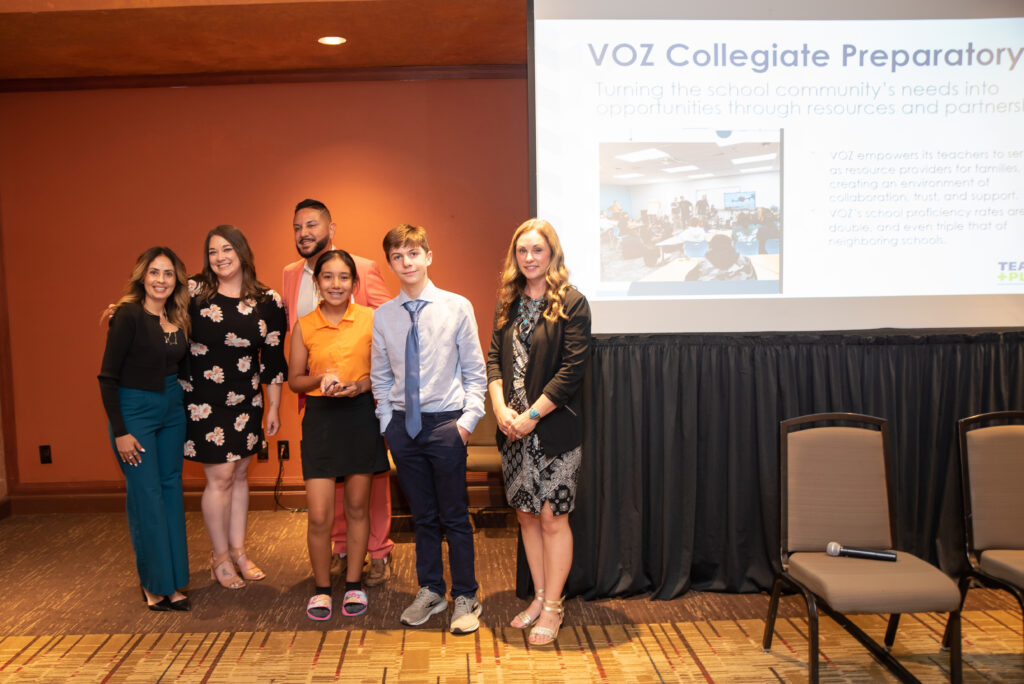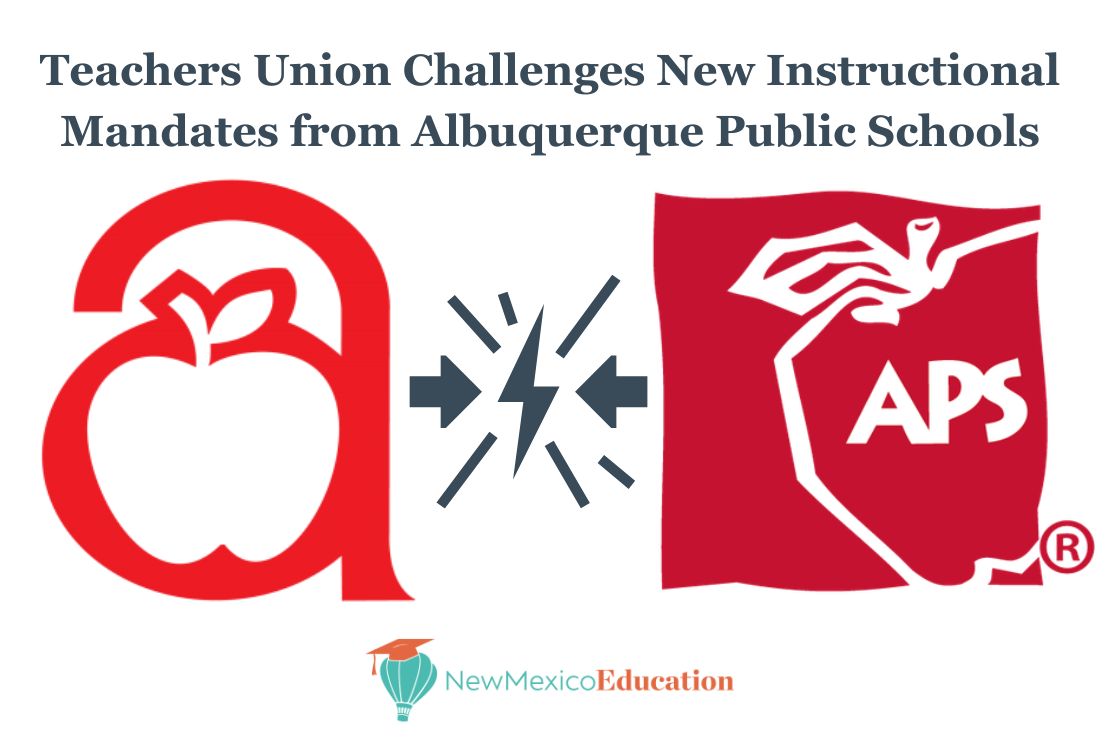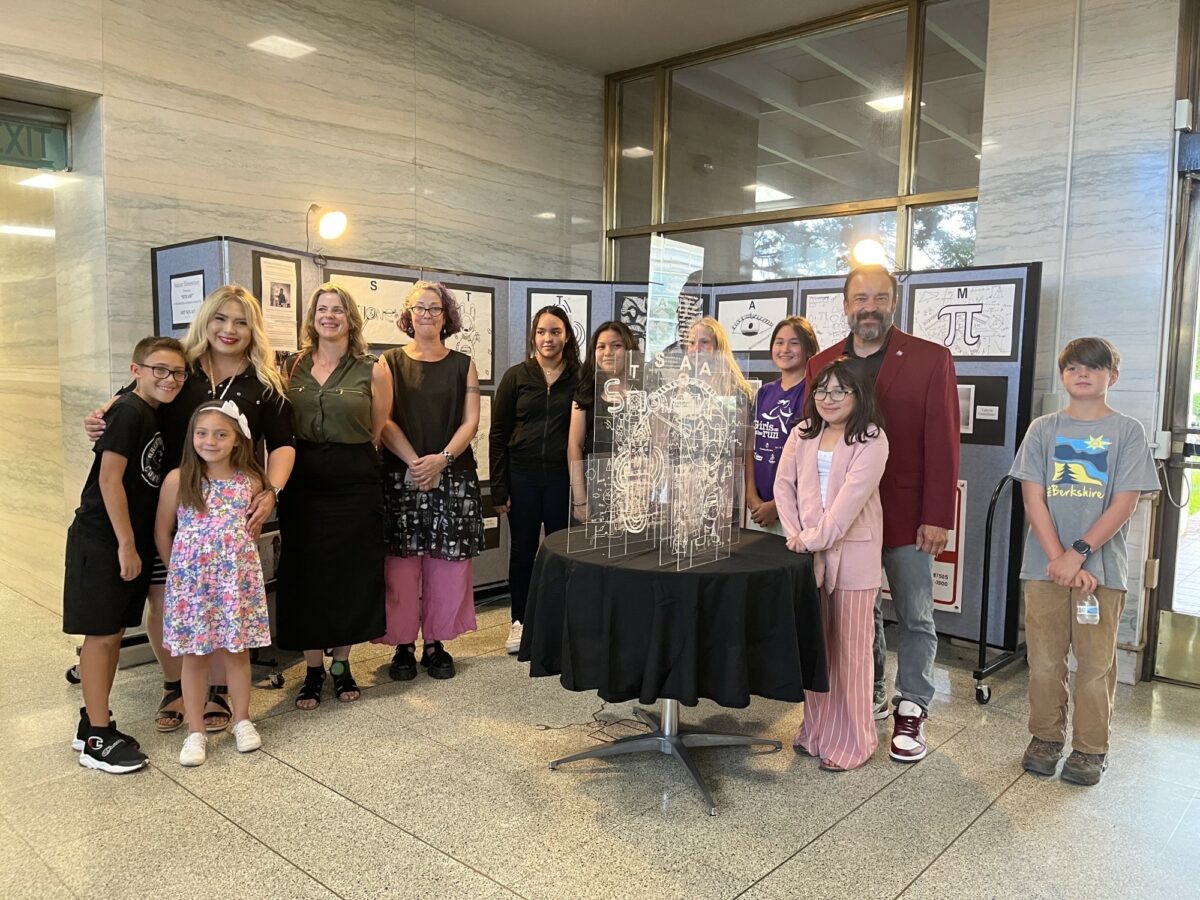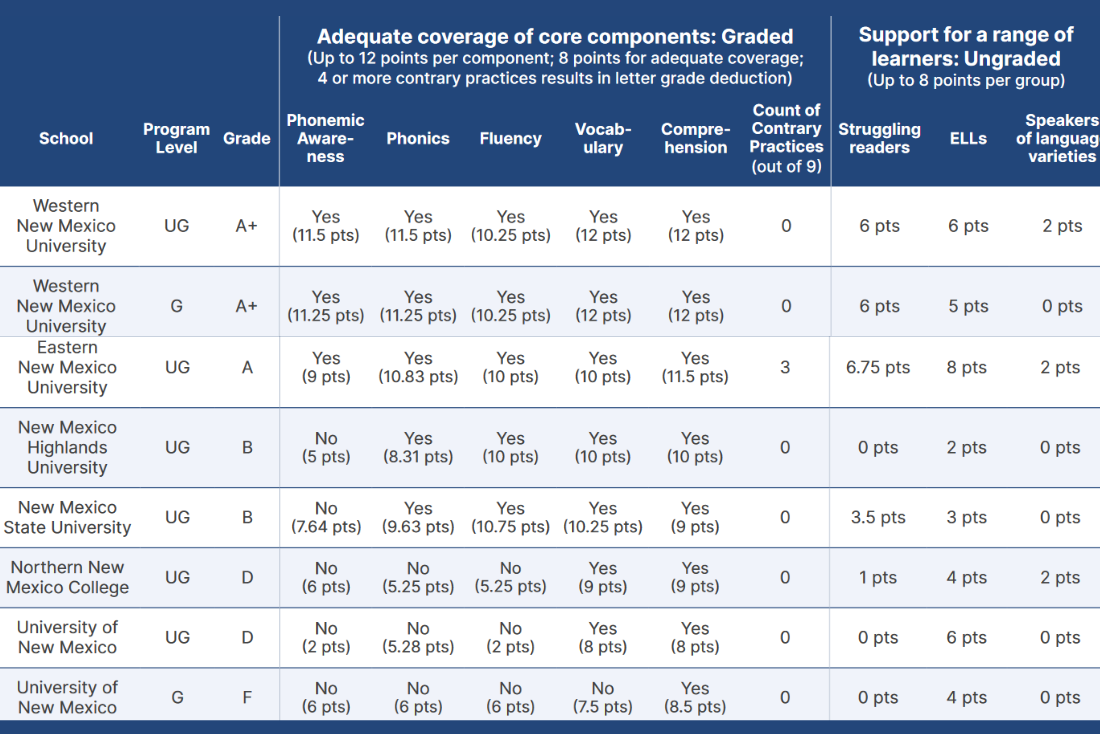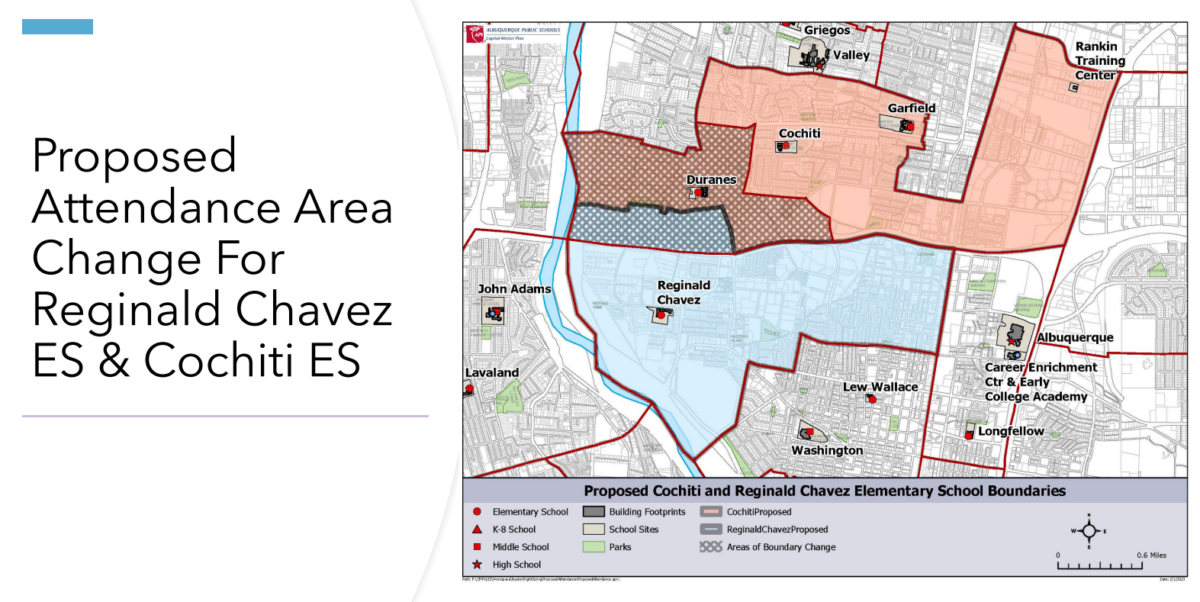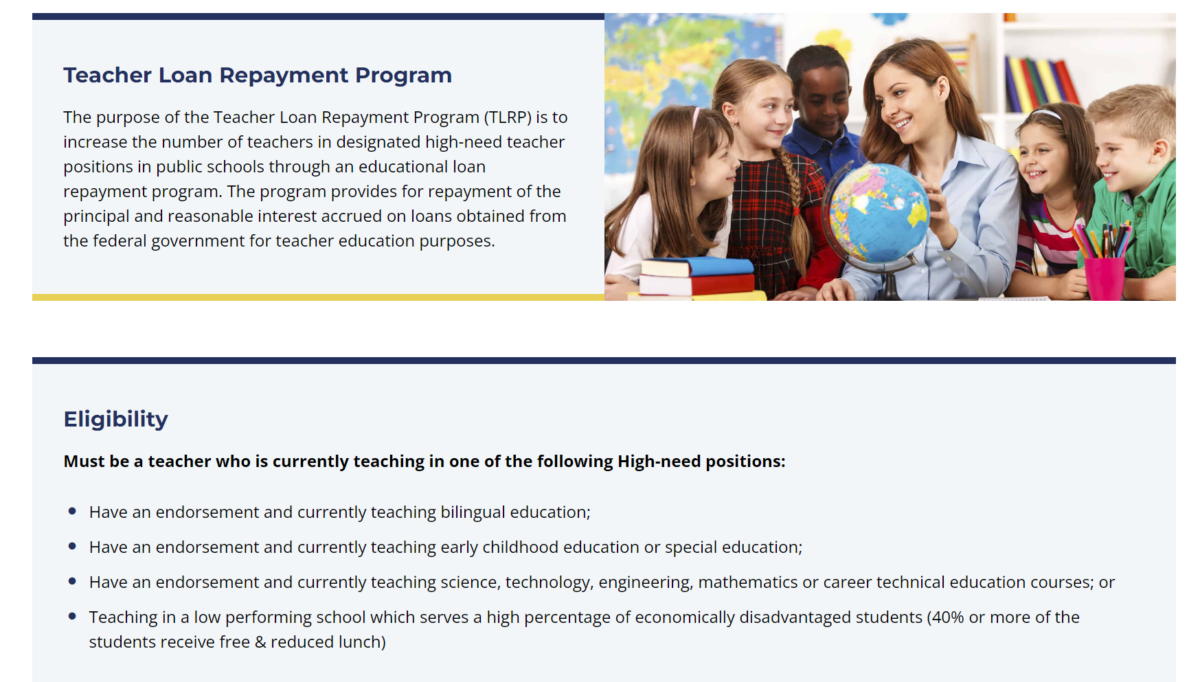Five years ago, on July 20, 2018, Judge Sarah Singleton of the First Judicial District Court ruled the State of New Mexico violated students’ fundamental rights by failing to provide a sufficient public education, as mandated by the state constitution.
Since, the state has struggled to keep up with a court order to provide education at a level that is equitable.
The court found that New Mexico students have a right to be college-and career-ready, a standard that was not being met by New Mexico’s education system. To address this, the state has been ordered to take immediate action and establish an educational system that ensures at-risk students in New Mexico will be college and career ready.
According to the New Mexico Poverty Law Center, which represented the Yazzie and Martinez families, the ruling is based on evidence, including the state’s low graduation rate (the lowest in the nation at 70 percent), proficiency rates in reading and math (with 70 percent of students performing below grade level), and significant rates of college remediation (with almost 50 percent of college attendees requiring remedial courses).
The court reviewed 23 school districts and their performance when drafting its decision: Alamogordo, Albuquerque, Bernalillo, Cuba, Española, Gadsden, Gallup McKinley, Grants-Cibola, Hatch, Jemez Valley, Lake Arthur, Las Cruces, Los Lunas, Magdalena, Moriarty-Edgewood, Peñasco, Pojoaque, Rio Rancho, Santa Fe, Silver City, Taos, Tucumcari, Zuni
The Yazzie-Martinez case, initially filed in 2014, during the term of then-Governor Susana Martinez (R), by a group of plaintiffs made up of the Yazzie and Martinez families and advocates, argued that the state was failing to provide adequate resources and opportunities for economically disadvantaged students, Native American students, students with disabilities and English learners. After years of legal battles and advocacy efforts, the comprehensive ruling was issued in 2018, outlining the state’s obligations to provide a constitutionally sufficient education to all students.
In the landmark decision, the New Mexico judiciary issued a final judgment and order in the long-running Yazzie-Martinez v. State of New Mexico case, demanding improvements to the state’s education system.
The decision comes in part thanks to Article XII, Section 1 of the New Mexico State Constitution. The article reads, “A uniform system of free public schools sufficient for the education of, and open to, all the children of school age in the state, shall be established and maintained.” The ruling has spurred both challenges and opportunities as stakeholders work toward an improved education system for all students in the state.
In 2019, Michelle Lujan Grisham (D) became governor, and the battle over education spilled into a new administration. During her campaign, in 2018, then-Congresswoman Lujan Grisham said she would not file an appeal about the court’s decision in this case.
Regis Pecos with the Tribal Education Alliance, who worked directly with the Martinez family in the lawsuit, said that the state’s failures to provide adequate education was part of a broader framework to prevent the growth of Native American Languages. To help address the Yazzie-Martinez lawsuit and create a more equitable education framework in New Mexico, Pecos helped to rally all 23 Nations, Tribes, and Pueblos in the state who agreed on a list of plans to help the state meet their obligations, called the Tribal Remedy Framework.
In the summer of 2022, the New Mexico Public Education Department (PED) released updates on the progress made in response to the Yazzie-Martinez ruling. The report highlights various initiatives undertaken by the state, including increased funding, expanded access to pre-kindergarten programs, and targeted support for struggling schools.
According to the report, the state’s spending on public education has received a substantial boost. In fiscal year 2018, New Mexico’s education system was funded at the tune of $2.69 billion; in fiscal year 2024, the education system is being funded at $4.17 billion. That is an increase of $1.3 billion over five years. State funds have been channeled toward reducing class sizes, hiring additional teachers, improving professional development programs, and enhancing resources for English language learners and special education students.
The report underscores the expansion of pre-kindergarten programs to provide early childhood education to a greater number of children, particularly those from low-income backgrounds. Efforts have also been directed at addressing teacher shortages, with targeted recruitment and retention strategies aimed at attracting qualified educators to underserved areas.
However, challenges persist. Advocacy groups argue that the state’s progress falls short of what the court’s ruling requires, and the needs of marginalized students. Proving this, Pecos pointed to a statistic that showed in 2018 only two percent of New Mexico’s teachers were Native American. In 2023, Pecos said, that number is three percent. “I’m worried that Native students won’t be taught by a teacher that looks like them,” he said.
Because of COVID-19 shakeups and a change in the state assessment, New Mexico Education lacks comparable data to compare results from 2018 to the results from the 2021-2022 school year. Additionally, the New Mexico Public Education department has changed the way it reports performance data for students across the state, and no longer provides statewide proficiency rates for all students in a subgroup. For this reason, New Mexico Education chose to use 3rd grade reading scores from the 2021-2022 school year as the consistent data point for each subgroup.
Reading proficiencies continue to be a matter of concern. In the school year 2017-2018, 28 percent of Native American students demonstrated proficiency in reading. The most recent assessment data available from the 2021-2022 school shows that only 14 percent of Native American students in third grade are proficient in reading.
Among economically disadvantaged students, 33 percent exhibited reading proficiency in 2017-18. As of the most recent data, 24 percent of economically disadvantaged third graders were reading proficiently. The proficiency rates for students with disabilities sat at 14 percent for the school year 2017-2018, according to the most recent data, 11 percent of these students are proficient. For English language learners, the situation saw only 21 percent of students showing proficiency in reading in 2017-2018, in the most recent data, 13 percent of third grade English learners were proficient.
In their ongoing pursuit of compliance with the court’s ruling, the Yazzie plaintiffs filed a motion for compliance in October 2019, asserting that the state had failed to meet its constitutional obligations. The motion outlined several areas where the state fell short, such as a lack of adequate funding, limited access to special education services, and inadequate bilingual and multicultural education.
In March 2020, as COVID-19 was closing the doors of many New Mexico classrooms, and despite a pledge not to appeal the case, the state filed a motion to dismiss the lawsuit, claiming that they had satisfied all requirements and created a sufficient learning environment for all of New Mexico’s students.
In response to the state’s motion to dismiss the case, the Yazzie plaintiffs filed a response in May 2020, urging the court to reject the motion and continue holding the state accountable for providing an adequate education. They presented exhibits highlighting persistent deficiencies, including insufficient access to quality curriculum materials, counselors, and bilingual education.
A May 2021 court order mandated improved access to technology and internet resources. The order directed the state to create a plan to ensure that all students have access to devices and reliable internet connections to facilitate remote learning and digital literacy.
Recognizing the remaining gaps, the New Mexico legislature’s Legislative Finance Committee published an education note emphasizing the urgency of further action. The LFC noted that additional funding, policy changes, and community engagement are necessary to achieve the goals set forth in the Yazzie-Martinez case.
Pecos said the delays in achieving goals that remedied the Yazzie-Martinez decision have been heavily delayed by leadership shake ups in the PED. Pecos said he feels “optimistic” about the future of the PED under new leadership. He said the department is still coming together, but he appreciates that the department has new leadership, saying that this change will help push the state closer to achieving an adequate education because these leaders have lived experiences in or near the Tribes, Pueblos, and Nations of New Mexico.
Reinforcing his optimism, the state has made strides to improve its graduation rate. In 2018, New Mexico had a four-year graduation rate of only 73.9 percent, data from 2019 has that number at 76.8 percent.
There have been significant improvements in graduation rates. Native American students’ graduation rate increased from 65.8 percent in 2018 to 71.5 percent in 2021. Economically disadvantaged students’ rate increased from 69 percent to 72.5 percent. English language learners’ rate went from 71.1 percent in 2018 to 74.7 percent in 2021. Students with disabilities’ rate increased from 65.6 percent in 2018 to 68 percent in 2021.
As the state continues its efforts to comply with the court’s ruling and address the concerns raised, a renewed focus on educational equity and inclusion has emerged. Various organizations, including the University of New Mexico’s Native American Budget and Policy Institute, have developed resources and guides to support educators in implementing culturally relevant teaching processes.
Pecos noted that the Yazzie-Martinez case has undoubtedly left an impact on New Mexico’s education system, prompting a shift toward more equitable and inclusive practices. While progress has been made, the journey toward fulfilling the court’s vision of a constitutionally sufficient education for all students remains ongoing, requiring continued commitment from state legislators, educators, and regular community members.
Timeline of Events in the Yazzie-Martinez Case:
“These are a series of decisions that largely indicted the failures of New Mexico,” Regis Pecos of the Tribal Education Alliance said.
2014: Yazzie-Martinez v. State of New Mexico case is filed by a group of plaintiffs, including the Yazzie and Martinez families, English Language Learners, Economically Disadvantaged students, and Special Education students . They argue that the state is failing to provide adequate resources and opportunities for these students. The lawsuits began as separate suits, which were later consolidated into one larger case.
2018: A comprehensive ruling is issued, outlining the state’s obligations to provide a constitutionally sufficient education to all students. The ruling highlights the need for improved resources and opportunities for marginalized students.
2019: In June, the Yazzie plaintiffs issue a notice asserting that the state has not met its constitutional obligations, particularly in the areas of funding, special education services, and bilingual and multicultural education.
2019: In October, the Yazzie plaintiffs file a motion for compliance, presenting evidence of the state’s failure to fulfill its obligations outlined in the court’s ruling.
2020: In March, as the state was shutting down due to COVID-19, the state filed a motion to dismiss the case, claiming that they had successfully met all of the requirements set by the court.
2020: In May, the Yazzie plaintiffs respond to the state’s motion to dismiss the case, urging the court to reject the motion and continue holding the state accountable for providing an adequate education. They provide exhibits highlighting ongoing deficiencies in access to quality curriculum materials, counselors, and bilingual education.
2021: In May, a court order emphasizes the need for improved access to technology and internet resources. The order directs the state to create a plan to ensure that all students have access to devices and reliable internet connections to facilitate remote learning and digital literacy.
2023: The New Mexico Public Education Department (NMPED) releases updates on the progress made in response to the Yazzie-Martinez ruling. The report highlights increased funding, expanded access to pre-kindergarten programs, and targeted support for struggling schools. It also acknowledges ongoing challenges and the need for further action.
2023: The New Mexico legislature’s Legislative Finance Committee (LFC) publishes an education note emphasizing the urgency of additional funding, policy changes, and community engagement to achieve the goals set forth in the Yazzie-Martinez case.
The Yazzie-Martinez case has brought attention to the need for equitable education in New Mexico and has sparked ongoing efforts to address the issues raised in the ruling. Stakeholders continue to work towards fulfilling the court’s vision of a constitutionally sufficient education for all students in the state.
In 2018, Judge Sarah Singleton ruled that


